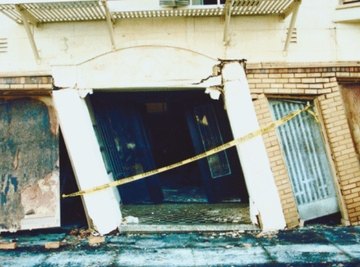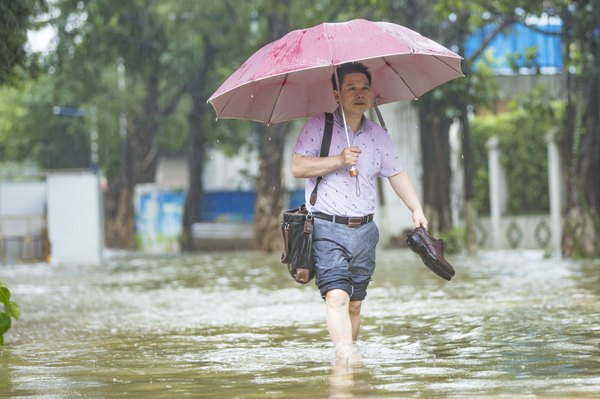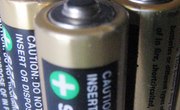

Natural disasters take a devastating toll on people, property and businesses. Lingering long-term effects of wildfires, tornadoes, hurricanes, earthquakes, floods, drought and tsunamis sap the strength of the population and test the resilience of towns, cities or entire countries' infrastructures. Natural disasters also decimate the economy in the short term and have both negative and positive implications for large and small businesses.
Post-Disaster Phase for Business
When businesses suffer, the domino effect on market trade and the buying power of consumers is evident. In the aftermath of a natural disaster, businesses have to immerse themselves in cleanup and insurance claims, rather than on typical daily commerce, and then they have to wait for their cash flow to return to normal, which can take weeks or months. Natural disasters may destroy the businesses' tangible assets such as buildings and equipment, and reduce or even wipe out their workforce. Many business owners have no choice but to try and rebuild. Some businesses never recover while others who can offer products or services in the reconstruction phase thrive, in harsh contrast to the surrounding destruction.
Natural Disasters and the Global Economy
Flooding and landslides in Sierra Leone, a mudslide in Colombia, monsoon flooding in Bangladesh and Hurricane Maria in the Dominican Republic were only a few of the deadliest natural disasters in 2017. It is natural to focus on the victims and their losses, but keep in mind that these far-away events still affect your business. Because of the global economy, natural disasters pose a risk to business continuity no matter the location of the disaster or the business. Many businesses worldwide are becoming aware of this as they feel the reverberations of natural disasters in their own regions. Disaster recovery has become a priority in many companies' security plans.
If you are a manufacturer, map your supply chain as a vital first step for contingency planning. If key production components come from a country vulnerable to major disruption due to natural disasters, study its historical patterns. Ask yourself how long you could go without needing a product from a vendor if those facilities shut down, and compile a list of alternative vendors. You might consider building up a surplus of the product in reserve. Think about your brand’s reputation if you cannot meet the demand for your products.
Short-term Effects of a Natural Disaster on Large vs. Small Businesses
Closer to home, Hurricanes Harvey and Irma wreaked havoc in 2017, causing widespread destruction in the United States and the Caribbean. In addition to the tragic loss of life and property, businesses were either damaged or destroyed along with their workers’ livelihoods. Large and small businesses cope with the aftermath of a natural disaster in direct proportion to their available capital and other resources. Many short-term coping strategies can limit a company's future profitability.
A natural disaster has a significantly less negative short-term impact on a larger business than on a small business. In most cases, large companies have considerable financial resources. When a disaster strikes, they use their capital to restore assets rather than produce more goods for sale. While business slows, the interruption is only temporary. Many large companies have a disaster recovery plan and reserve a portion of their operating profits in a fund, and multinationals and other large businesses often have multiple locations. If one location is damaged or obliterated, it transfers operations to another. However, major disasters can have a negative, short-term impact on even the largest of companies. For example, when a series of earthquakes hit Japan in 2016, Reuters reported that the world's biggest-selling automaker, Toyota, stopped production at several of its factories due to the shortage of parts. Other Japanese mega-businesses, Honda and Sony, suspended production due to structural damage to their factories.
Small businesses are more vulnerable. Although they may have a contingency plan, small businesses often do not have large capital resources to draw on. Cash flows into a small business for day-to-day operations, and saving money for a future disaster is not always a priority. When disaster strikes, a small business may need outside financing to see it through the economic turmoil. If it cannot get financing, it cannot pay employees, other overhead expenses and itself. In the days, weeks and months following a natural disaster, many small businesses end up closing their doors for good.
References
About the Author
Based in Ontario, Susan Dorling has written professionally since 2000, with hundreds of articles published in a variety of popular online venues. Writing on a diverse range of topics, she reflects her passion for business, interior design, home decorating, style, fashion and pets.
Photo Credits
Jupiterimages/Photos.com/Getty Images
